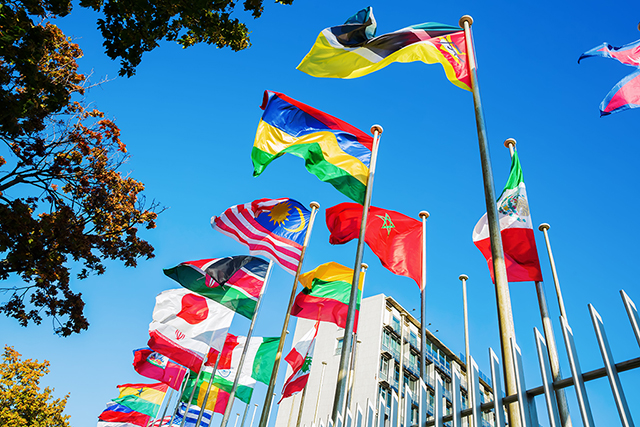Technical paper: Enhancing the health and well-being of Asia-Pacific learners and teachers at school post-COVID-19

In this new social contract, schools must continue to play a vital role in enhancing health, nutrition and the well-being of learners, teachers and the community. School Health and Nutrition (SHN) programmes that address the health, nutrition and well-being of learners and teachers are not only essential for maximizing every child’s life expectancy and potential as a learner; they are cost effective, with benefits across multiple sectors and they are a sound economic investment (Oliveira de FPSL et al., 2020).
Here are several examples (UNESCO, 2022a): Hand washing promotion reduces absenteeism due to a reduction in gastrointestinal and respiratory illnesses – from twenty-one to sixty-one per cent in low-income countries. Improved water, sanitation and hygiene (WASH) can reduce girls’ absence from school during menstruation and foster learners’ participation in physical education class, which is associated with better grades, standardized test scores, improved classroom behaviour, safe and positive school environments and enhanced student connectivity to school. This is conducive to better attendance, grades and classroom behaviour (Rasberry et al., 2011). Also, there is a US$11 return for every dollar spent on effective Social and Emotional Learning (SEL) programmes (Belfield et al., 2015).
In the Asia-Pacific region, there is evidence that various, often discrete school health and nutrition programmes are being carried out in schools in almost every country – many with promising results. Yet even where data may be available, the scope, coverage and quality of these efforts are variable (WHO, 2021; SEAMEO INNOTECH, 2016; WHO-WPRO, 2017).
Systematic efforts to address learning recovery post-COVID-19, which aim to advance equity and prioritize those most-at-risk of being left behind, must first respond to the safety, health and well-being of learners and teachers. This approach will enable a return to in-person schooling and an environment favourable to teaching and learning. (UNESCO et al., 2021).
Regional countries have yet to adopt and sustain a comprehensive school health and nutrition programme, as aligned with global standards on health-promoting schools (WHO & UNESCO, 2021). Revitalized political commitments and cross-sectoral partnerships in the Asia-Pacific region are (re)emerging as opportunities to scale-up and accelerate more comprehensive SHN programming.
The multi-dimensional impacts of COVID-19-related school closures serve as a stark reminder that both the physical and the socio-emotional learning environment play critical roles in protecting and promoting the health and well-being of teachers and students and in enhancing learning and that immediate and longer-term response and recovery measures require enhanced attention to the transformation of both education and education systems (UNFPA et al., 2021a)
Comprehensive school health and nutrition approaches, therefore, are a critical enabler for transformative education content and teaching that integrates skills-based health literacy; and for the transformation of learning environments to become safer, more gender-equitable, inclusive and health promoting – all supported by robust policies, monitoring systems and cross-sectoral partnerships (UNESCO, 2022a).
Key policy pointers on immediate action for learning recovery include:
• At the systems-level: Safeguarding continued in-person learning at hygienic, safe and healthy schools and reaching all learners, especially the most vulnerable;
• At the school level: Recognizing teachers as front-line workers in learning recovery and ensuring their well-being in the operationalization of school reopening protocols;
• At the individual level: Activating services and referral pathways for teachers to ensure that they can access mental health and psychosocial support for their own care and well-being.
Key policy pointers for medium-term and long-term transformation of education and its systems include:
• At the systems level, among others: Developing or revising a multi-sectoral policy and coordinated implementation strategy for comprehensive SHN programming that is aligned with international standards;
• At the school level: Implementing policy commitments to scale up and systematize cross-sectoral implementation and monitoring of, and routine reporting on comprehensive school health models such as the Health Promoting School framework and its Eight Standards;
• At the individual level: Implementing targeted interventions and expanding social protection programmes, such as school feeding, to help keep children in school, particularly the most vulnerable who are at the highest risk of dropping out.
To learn more about the conference and other downloadable materials, click here.







